By Lea Binderup
Senior Instructional Designer
So, what exactly is an instructional designer? Though I’ve been asked this question at parties, dinners, and family gatherings for nearly a quarter century, I always find it hard to provide a simple, satisfying answer to describe what I do.
When I give my standard response—I create learning solutions that help others improve their skills or job performance—I’m invariably met with polite nods or blank stares. To be honest, I’m not sure my own mother could tell you what I do for a living. Still, over my career, I’ve come to see the answer to this question is important, because when clients understand my role as an instructional designer, they are better able to leverage my expertise to build the solutions they need.
The challenge of defining “instructional designer”
The instructional designer—or ID—role is tricky to define because it depends heavily on the industry they support, their specialties, and their approach to learning. Trying to explain what an instructional designer is by comparing the position to other, better-known professions doesn’t really help. Is an instructional designer a teacher, graphic designer, technical writer, video editor, scientist, programmer, or detective? Yes, the ID is all, some, and none of those. Is it clear yet?
The fact is, “instructional designer” is, in many ways, a job title that covers a wide array of roles and responsibilities. Not all IDs have an educational background in the field, and those that do have varying levels of education. While some IDs hold doctorates, others take on the role after traveling a path from adjacent positions, such as teachers or trainers, that included on-the-job training, self-education, and a lot of trial-by-fire situations.
But no matter all the ways we are different, there are some commonalities among IDs that explain our purpose and the value we bring to an organization. It’s in these commonalities that we can find our definition of the role.
Three shared traits
- IDs are explorers and thinkers. We are constantly brainstorming and experimenting with ways to be—and do—better. We dig through emerging research and test new tools and technology that could help us promote learning and increase engagement. We seek out data. Analyzing information about our audience, their environment, existing content, and learning objectives helps to guide our decision-making as we create deliverables. We explore ways that concepts such as adult learning theories, visual aesthetics, the user’s biological senses, and human and organizational psychology interact and impact learner experience and outcomes.
- IDs are communicators and consultants. We hear the voice of the learner and speak back with clear and specific content that addresses their learning journey needs. We can take complex information and simplify it into a message the learner can absorb and apply. We like to get nerdy, and we’re energized and excited when we get to share our ideas and findings. When it comes to the big picture, we consult with stakeholders about learning theories and strategies and how they can be used to improve performance, engage employees, and develop talent.
- IDs are builders. The knowledge we attain as thinkers, added to the desire to communicate and share, leads us to create. We build learning experiences, templates, outlines, and storyboards. Our creations may result in presentations, activities, job aids, videos, eLearning modules, or dozens of other possible deliverables. While we build them, we constantly consider the user’s perception and experience. We want what is the best fit for the learner, situation, and content. We also build relationships. As we interact with clients, teammates, and cross-functional partners, our desire to learn and communicate guides us to make connections and build rapport with those around us.
When specialists are the right choice
As with most things in life, there is often a big difference between the professionals and the DIYers. Each has a suitable time and place. When you’re baking a cake to eat while you binge watch TV, DIY is perfect. But if the cake is for your parent’s 50th wedding anniversary bash with 200 of their closest friends and family members, you call in an expert. This removes the risk of failure for you as well as ensures that everything is as flawless as possible: visually beautiful, the right size, delivered in the right manner, and with contents that inspire and gratify.
The same can be said for inviting an ID to fully engage in your training initiatives. When you need to minimize the risk of failure and focus on a successful learner experience that will motivate and fulfill, get a professional involved. Even if you still don’t know exactly what it is that we do.
________
Lea Binderup has more than 25 years in the education and training field, including 20 years in instructional design. As a senior instructional designer for Encompass, she specializes in informational and visual design, multimedia development, assessment, and learning theory. Lea earned a bachelor’s degree in mathematics from UNC Charlotte and holds a master’s in instructional design and global media from Appalachian State University.


